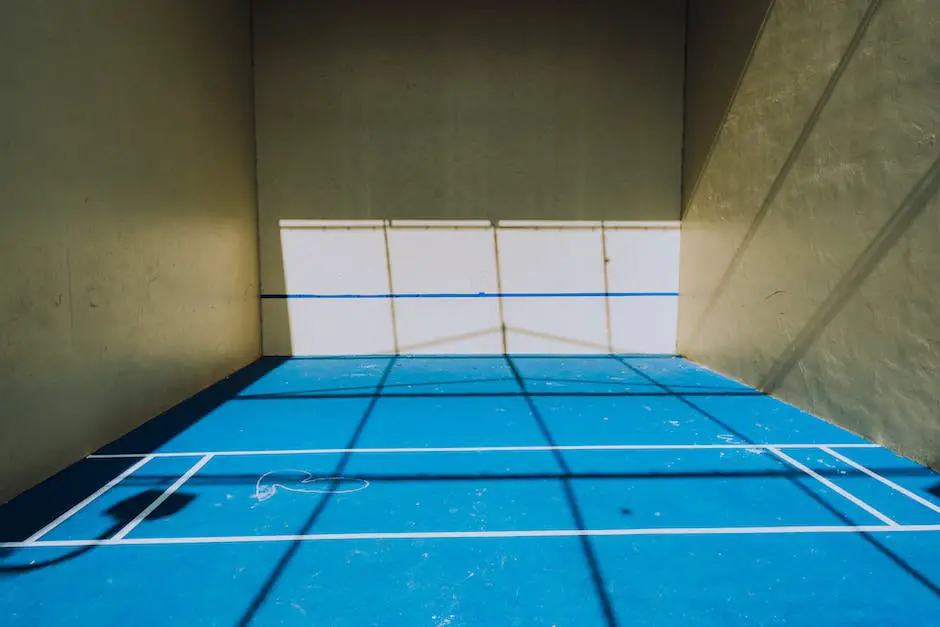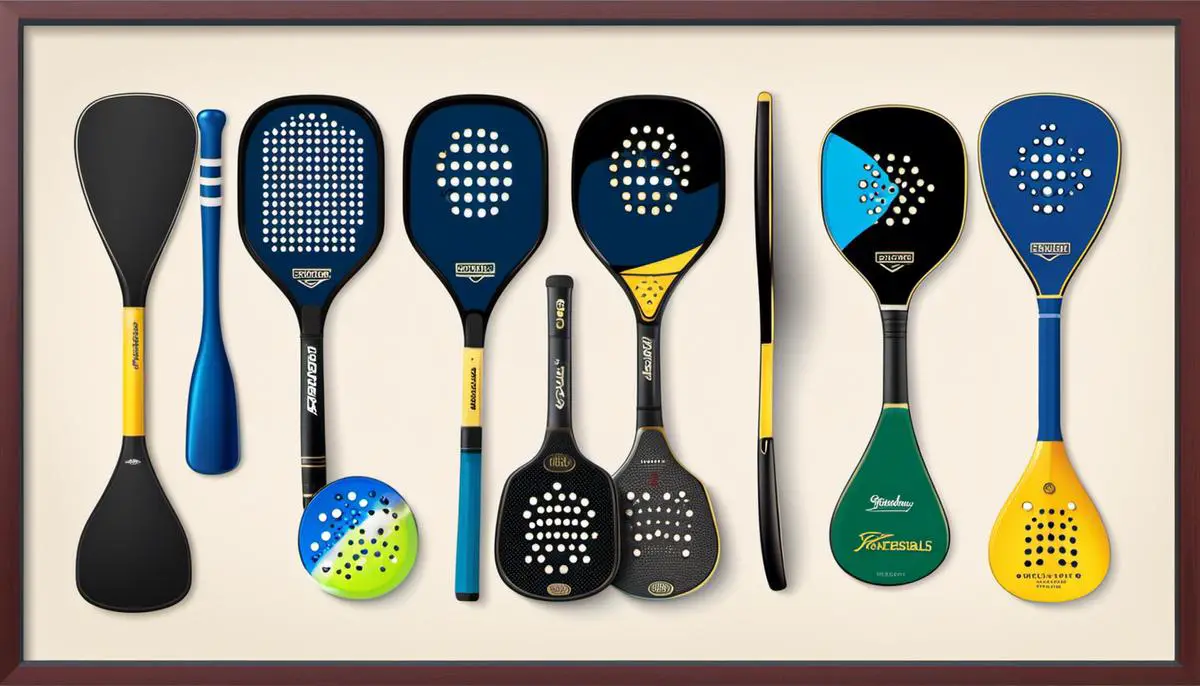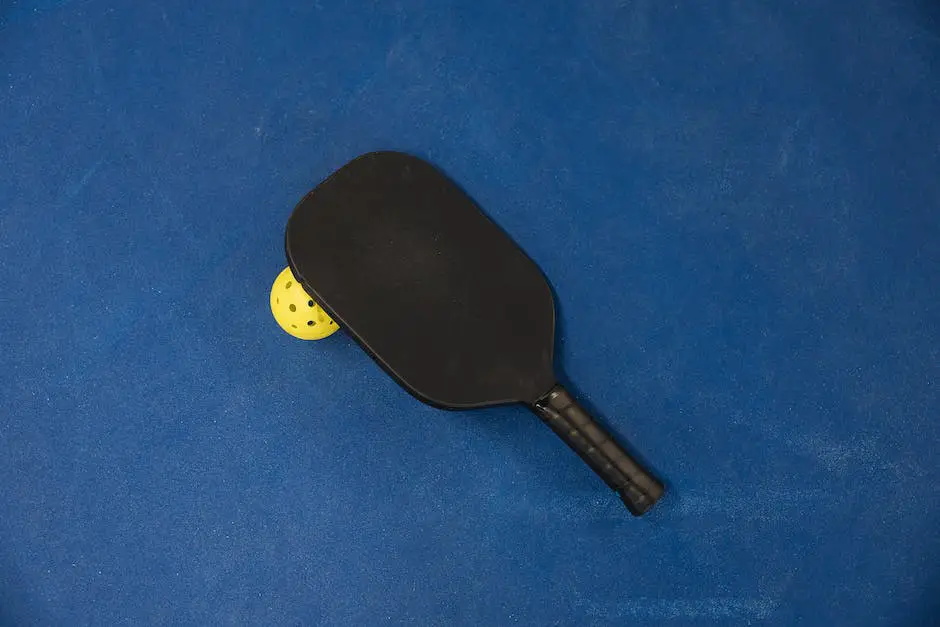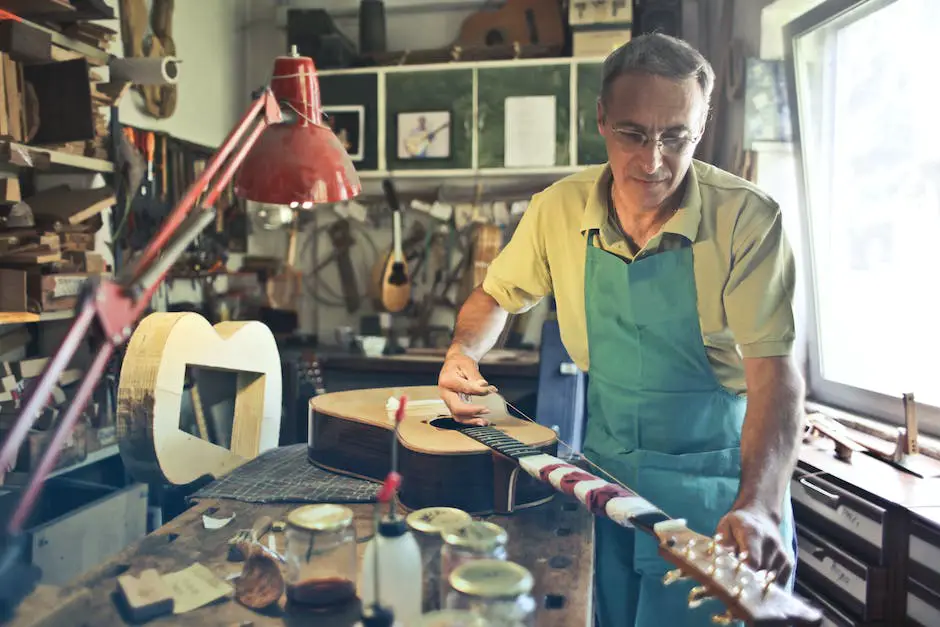Have you ever wondered how some sports originate and evolve over time? Consider Pickleball, a sport that has made its way into the hearts of numerous people and communities across the globe. This unique game, although relatively young, has a fascinating history. The inception of Pickleball dates back only a handful of decades, yet it has been an intriguing journey from its humble beginnings to how it is played and perceived today. Along with the history and evolution of the game, it’s also important to understand the profound impact it has had on society, the sports industry, and individuals from different walks of life.
Inception of Pickleball
The Origin of Pickleball: Bainbridge Island’s Unique Creation
The game of pickleball was first conceived in the summer of 1965 on Bainbridge Island, a bustling community located in Washington State. The creation can be attributed to three men: Joel Pritchard, Barney McCallum and Bill Bell, whose families were spending the weekend at Pritchard’s home. Bored and unable to find anything interesting to do, the men decided to repurpose an old badminton court.
Initially, they attempted to play badminton but were lacking a shuttlecock. So, improvising, they used a Whiffle ball and lowered the net, quickly developing their own set of rules. By adding elements from badminton, tennis and table tennis, they created a new game which would eventually be known as pickleball.
What’s in a Name? The Interesting Story Behind ‘Pickleball’
As for the name, there are two prevailing theories. One prevalent explanation is that the game was named after the ‘pickle boat’, the slowest vessel in a rowing race. In the pickle boat, the leftover oarsmen who didn’t make it into the main boats are put together. Given the improvised nature of the game in its formative phase, the ‘pickle boat’ serves as a fitting analogy.
Alternatively, and more popularly, it is believed the game was named after the Pritchards’ dog, Pickles. The energetic canine would often chase after the ball during games, hence ‘Pickle’s ball’. It should be noted, however, that Pickles, the dog, didn’t join the family until 1967, some two years after the game’s creation.
The Genesis and Evolution of Pickleball: From a Family Game to an Internationally Recognized Sport
Originating as a fun, family activity in the summer of 1965, Pickleball was created by three friends, Joel Pritchard, Bill Bell, and Barney McCallum, on Bainbridge Island, Washington. The rules of the game were initially dynamic, created on the fly to ensure an enjoyable experience suitable for all ages. Key to the early rules was that the spherical component of the game had to sustain air time, leading to the selection of a wiffle ball, renowned for its slow flight. Household plywood was repurposed to create the first-ever pickleball paddles.
As the game flourished, in 1976, McCallum paired up with a local entrepreneur to launch ‘Pickle-Ball, Inc.’, a venture responsible for manufacturing and selling pickleball equipment. This move simultaneously resulted in the development of a formal rulebook, paving the way for the standardization of gameplay. Symbolizing the true breakthrough of the sport, the USA Pickleball Association (USAPA) was founded in 1984, cementing the official rules for nationwide play.
From its humble beginnings on a Bainbridge Island backyard to its present status as an internationally recognized sport, Pickleball has come a long way. Particularly popular among older adults due to its low-physical demand and high social interaction, this game has etched its mark in the sporting world. Though recent in its recognition as a professional sport, Pickleball’s history is rich, spanning its unique inception to its growing popularity in various communities globally.

Evolution of the Game Over the Years
Early Beginnings: The Advent of Pickleball as a Family Sport
The genesis of Pickleball traces back to the summer of 1965, when it was intended as a casual pastime for families. Devised by a trio of friends, Joel Pritchard, Bill Bell, and Barney McCallum, on the scenic Bainbridge Island in Washington, the early rules for the game were made up on the go, catering to the objective of fun for the entire family. The game’s primary rule necessitated that the ball remain airborne leading to the wiffle ball’s selection, dubbed for the slow and controlled flight it facilitated. The first Pickleball paddles were makeshift, hewn from everyday plywood, marking the simplicity of the sport’s early days.
Formalizing the Rules: Paving Way for Professional Play
Over the years, the game gained popularity within the friends’ circle, leading to the need to standardize the rules. By 1976, a corporation was established to protect the new sport, and the first pickleball tournament was held in Washington. By the 1980s, pickleball was being introduced in physical education classes across the US. With the rules formalized, the game became more competitive than recreational. The court size changed from the initial size of 44×20 feet to the badminton size of 44×20 feet to accommodate aggressive play.
Equipment Evolution: From Plywood Paddles to Advanced Materials
Since the inception of the game, advances in technology have led to significant changes in pickleball equipment. Early wooden paddles made from plywood were heavy, providing less control over the ball. Slowly, these paddles evolved from wood to composite materials like fiberglass and aluminum. Nowadays, graphite and carbon fiber pickleball paddles are extremely popular for their lightweight and high-performance ability. Moreover, pickleballs have also undergone changes, with indoor and outdoor versions of the balls created to account for wind and surface variations, respectively.
Growth in Popularity: Pickleball Establishes Itself
Starting as a family game, pickleball has managed to carve a niche for itself in the world of sports, with over 3 million players in the US alone. The USAPA (USA Pickleball Association), established in 1984, has been instrumental in promoting the sport, providing players with the option to participate in leagues and tournaments at various levels. What initially began as a fun recreation has transformed into a global sport featured in multi-sport events like the Huntsman World Senior Games.
Modern Day: The Rise of Pickleball as a Leading Sport
In the modern sports landscape, pickleball stands out with an incredibly wide following worldwide. This sport’s standing has been bolstered by the refinement of its rules and significant advancements in its equipment. Today, pickleball can be seen being enthusiastically played in local community recreation centers as well as major international arenas. With professional and amateur leagues across the globe and a reputation as one of the fastest-growing sports in the United States, pickleball’s widespread appeal and ongoing evolution ensure that it will continue to captivate players and spectators of all ages.

Pickleball Today
Pickleball: A Sport Gaining Rapid Momentum Today
As one of America’s fastest-growing sports, pickleball encapsulates a thrilling blend of accessibility and challenge on a badminton-sized court. Featuring a modified tennis net at its center, the players use a paddle to hit a specially designed plastic ball peppered with holes, akin to a whiffle ball. This sport, which is commonly played as doubles involving four players, has quickly gained popularity for its straightforward rules and ease of learning, coupled with the difficulty of reaching mastery. This delightful balance makes pickleball a tantalizing sport for potential players of every age group and skill level.
Rising Popularity
The sport has witnessed a surge in popularity in recent times, with the number of players around the world increasing rapidly. According to the Sports & Fitness Industry Association, over 3.46 million people in the U.S. alone were reported as playing pickleball regularly in 2021. Globally, countries like Canada, Spain, India, and many more have also picked up on the trend, with pickleball courts, clubs, and tournaments cropping up in various places.
Professional Leagues and Tournaments
On a professional level, pickleball is governed by the USA Pickleball Association (USAPA) in the United States. Internationally, the sport is regulated by the International Federation of Pickleball (IFP). These bodies are responsible for organizing national and international tournaments respectively. The US Open Pickleball Championships, organized by the USAPA, and the Bainbridge Cup, organized by the IFP, are some of the most prestigious pickleball tournaments today.
Impact on Society
Pickleball has had a significant impact on society, particularly within communities where it is commonly played. The sport encourages physical fitness and social interaction, as games are typically played in doubles and require teamwork and strategy. Many schools and community centers across the nation have incorporated pickleball into their physical education and social programs to foster community bonding and promote an active lifestyle.
Participation and Growth Globally
Globally, the sport has shown substantial potential for growth. Countries outside the U.S., such as Canada, the UK, Spain, India, and others, have started recognizing and adopting the sport. From being relatively unknown a few years back to having professional tournaments held internationally today, pickleball’s growth trajectory continues to rise. This growth is largely credited to the sport’s appeal to a wide demographic, as it is accessible to people of all ages and fitness levels.
Understanding Pickleball’s Cultural Significance
Throughout the decades since its creation, pickleball’s cultural influence has transcended sport as we know it. The game has played a vital role in bridging communities, fostering a sense of shared interest and camaraderie among its avid followers. Beyond merely a sport, the rapid growth of pickleball has paved the way for the emergence of various pickleball-related industries. Manufacturers specializing in pickleball gear, dedicated courts being built to meet player demands, and training programs or coaching services for enthusiasts who wish to hone their skills all attest to the considerable societal and economic impact of the sport.

Impact of Pickleball
Pickleball: More Than Just a Game
An innovative fusion of popular games like tennis, badminton, and table tennis, pickleball was first crafted in the mid-20th century by three innovative fathers on a quest to create an engaging and inclusive backyard game for their offspring. Born from the humble backdrop of Bainbridge Island, Washington, pickleball has snowballed into a preferred recreational activity savored by millions across America. Catering to all age brackets, pickleball has proven its universal appeal as it bolsters community bonding and fosters mutual respect and understanding among players of all generations.
Health Benefits of Pickleball
From a health perspective, pickleball represents a low-impact exercise for individuals of all ages. It encourages physical fitness through its cardio workout, improving heart health while not exerting high levels of stress on joints. The continuous movement in the game also aids in weight loss, builds strength, enhances balance and flexibility, and heightens reflexes. The need for focus and strategy serves as mental exercise, sharpening cognitive skills, and reducing the risk of neuro-degenerative diseases.
Economic Impact of Pickleball
The rise in popularity of pickleball has a significant economic impact, driving growth in areas such as sports equipment manufacturing, tournament hosting, and even tourism. Equipment manufacturers have experienced a surge in sales related to pickleball gear, from paddles and balls to dedicated nets or court lines. The hosting of tournaments and leagues creates a need for facilities and creates job opportunities for referees, organizers, and trainers. The increase in these tournaments, particularly in retirement communities, has also led to a boost in tourism for those areas as enthusiasts are drawn to them for the sport, therefore supporting the local economy.
Community Bonding Through Pickleball
Pickleball carries an inherent nature of community bonding due to its inclusive nature and easy-to-learn rules. It brings together people of all ages, skill levels, and backgrounds, fostering a sense of camaraderie and connection that extends outside of the court. Neighborhoods and communities often rally around pickleball as a shared interest, whether through organized clubs, tournaments, or casual play in local parks. This social aspect of the game has even been seen as helpful in reducing feelings of loneliness and related mental health conditions, making pickleball not just a physical but also a psychological beneficial pastime.

Even though Pickleball is still a developing sport, its influence cannot be overstated. From promoting healthier lifestyles to strengthening community ties, to contributing to economic growth, Pickleball remains an impressive force in modern times. As one delves deeper into the rich history and evolution of the game, it’s clear that Pickleball isn’t just a recreational game, but a sport with profound social significance. The continued growth and popularity of Pickleball today reassure that its essence and impact will just further ignite, manifesting in more impressive milestones in the future.